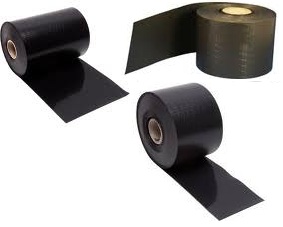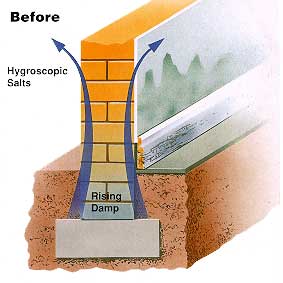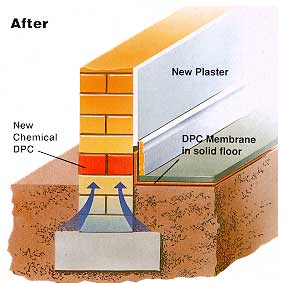- Rebar Chairs & Spacers
- Rebar Placing & Fixing
- Casing Spacers
- Casing End Seals
- Penetration Seals
- Flange Insulating Gasket Kits
- Flange Band Protectors
- Rubber coated u-bolts
- Safety Spray Shields
- Radolid® Protection Caps
- Wall Sleeves
- Hammer Cushion Pads
- Monolithic Insulating Joints
- Meter Service Fitting
- DuoCon Centralizers
- Foreman Night Caps
- Pipe Support Systems
- Corrosion Isolators





| |
|
|
|
|
| |
|
|
|
|
| |
|
|
|
|
| |
|
|
|
|
| |
|
|
|
|
| |
|
|
|
|
| |
|
|
|
|
Practically all building materials absorb water. This should not and need not be a problem.
In reality water is the single most damaging cause of structural decay. Rising Damp is
responsible for more building maintenance costs than any other cause.
Dry Rot, Wet Rot, Rising, Lateral and Penetrating Dampness along with condensation, all arise because of unwanted and unnecessary water in buildings. These conditions create the perfect environment for the growth of fungi and the spread of wood destroying insects.
If treatment is delayed for any reason the damage will be much more than cosmetic. The fabric of the building will be damaged and its structural integrity threatened to a point where it will become unsafe. When the external signs become evident - damage has already begun. There should be no delay in undertaking remedial work. Delay will incur additional risk and cost.
Rising Damp is a very real possibility wherever a wall is in contact with the ground. The soil, which normally has a high moisture content, acts as a reservoir. The evaporation of water from the surfaces of the wall exposed to the air cause the fabric of the wall to act as a 'sponge' drawing moisture up from the ground, through the bricks, stone or mortar. Depending on the construction and materials of the wall serious damage can occur anywhere up to 1.2 metres above ground level.
Lack of, or the presence of an ineffective damp course will inevitably lead to Rising Damp and all the attendant damage that entails
Dry Rot, Wet Rot, Rising, Lateral and Penetrating Dampness along with condensation, all arise because of unwanted and unnecessary water in buildings. These conditions create the perfect environment for the growth of fungi and the spread of wood destroying insects.
If treatment is delayed for any reason the damage will be much more than cosmetic. The fabric of the building will be damaged and its structural integrity threatened to a point where it will become unsafe. When the external signs become evident - damage has already begun. There should be no delay in undertaking remedial work. Delay will incur additional risk and cost.
Rising Damp is a very real possibility wherever a wall is in contact with the ground. The soil, which normally has a high moisture content, acts as a reservoir. The evaporation of water from the surfaces of the wall exposed to the air cause the fabric of the wall to act as a 'sponge' drawing moisture up from the ground, through the bricks, stone or mortar. Depending on the construction and materials of the wall serious damage can occur anywhere up to 1.2 metres above ground level.
Lack of, or the presence of an ineffective damp course will inevitably lead to Rising Damp and all the attendant damage that entails
